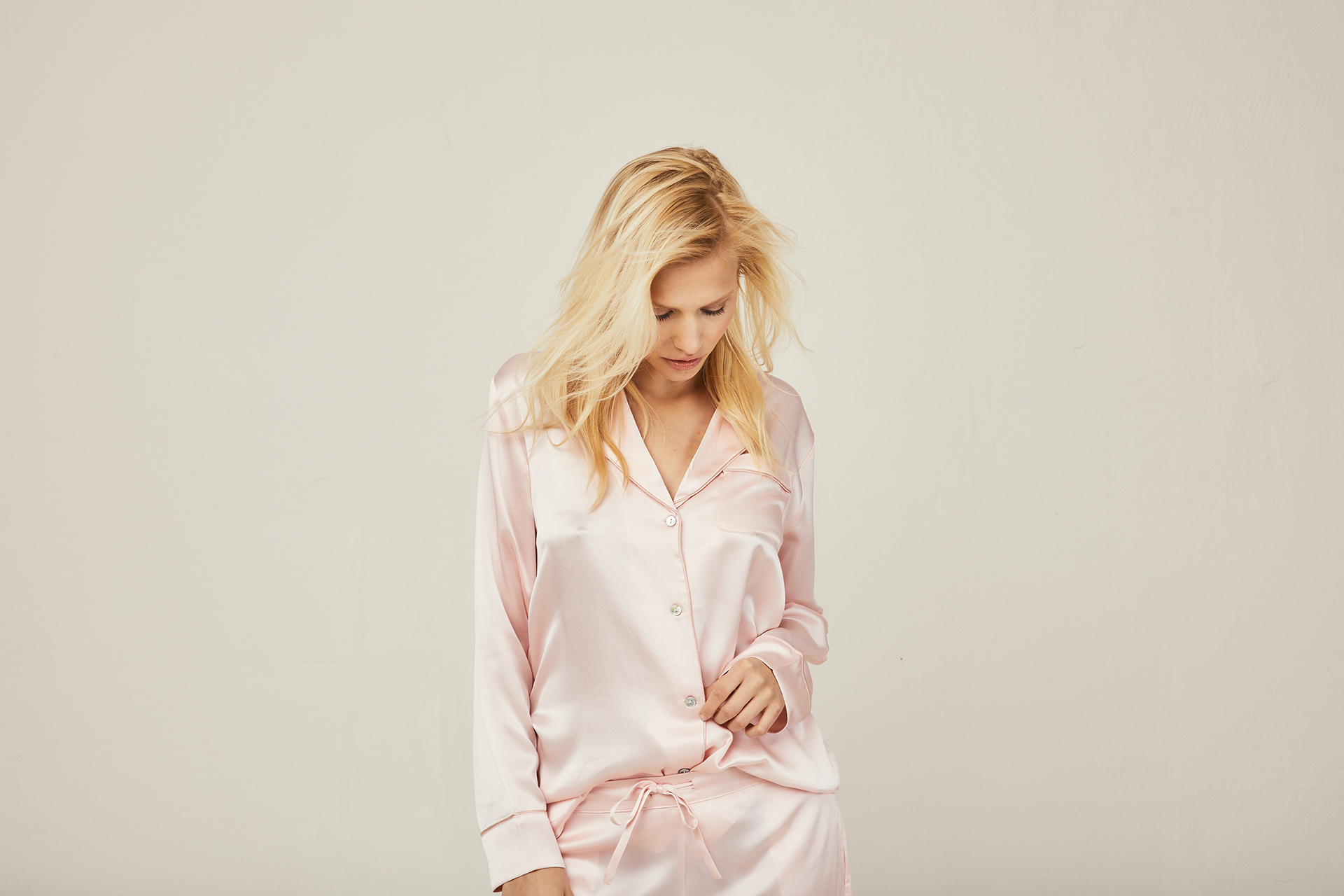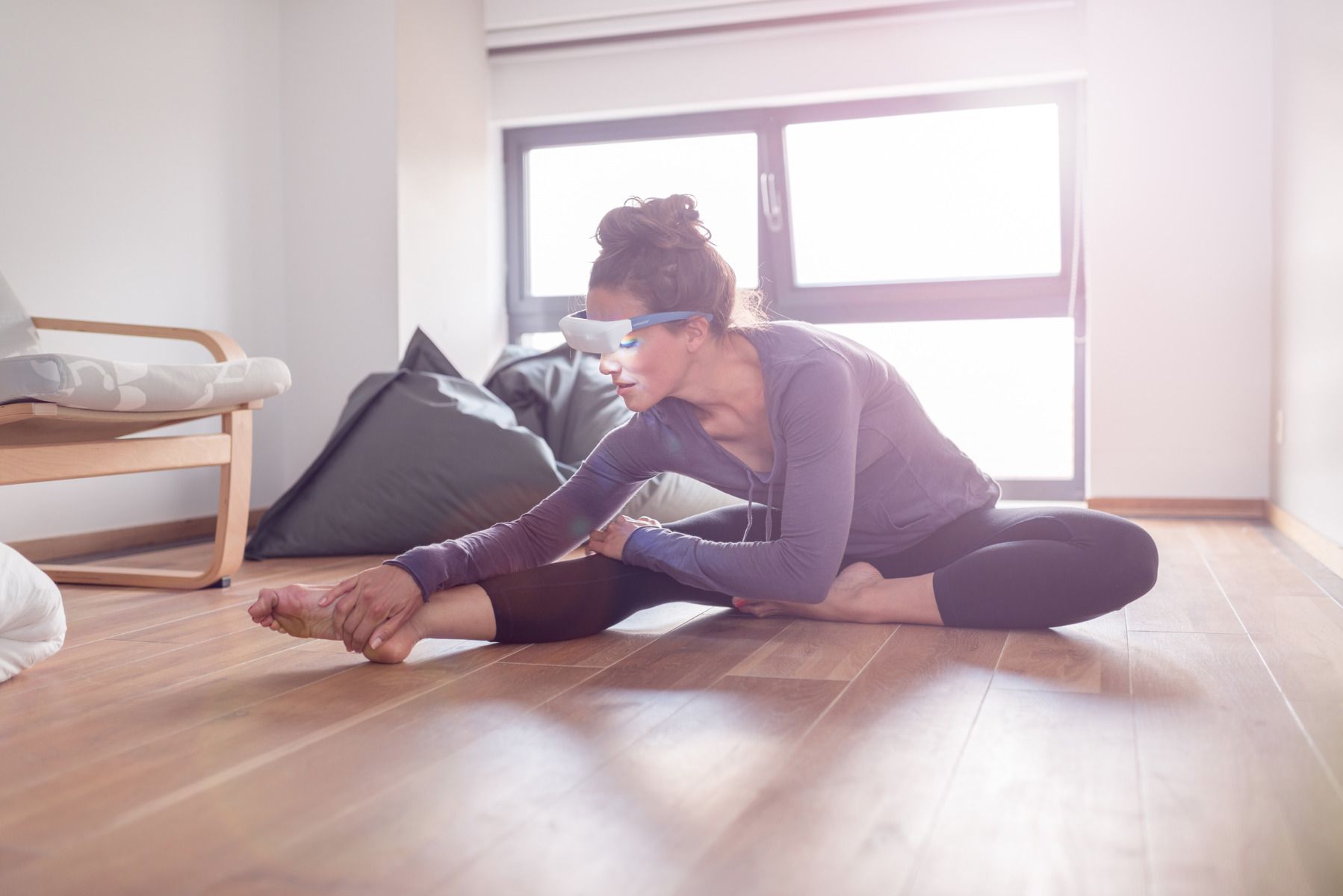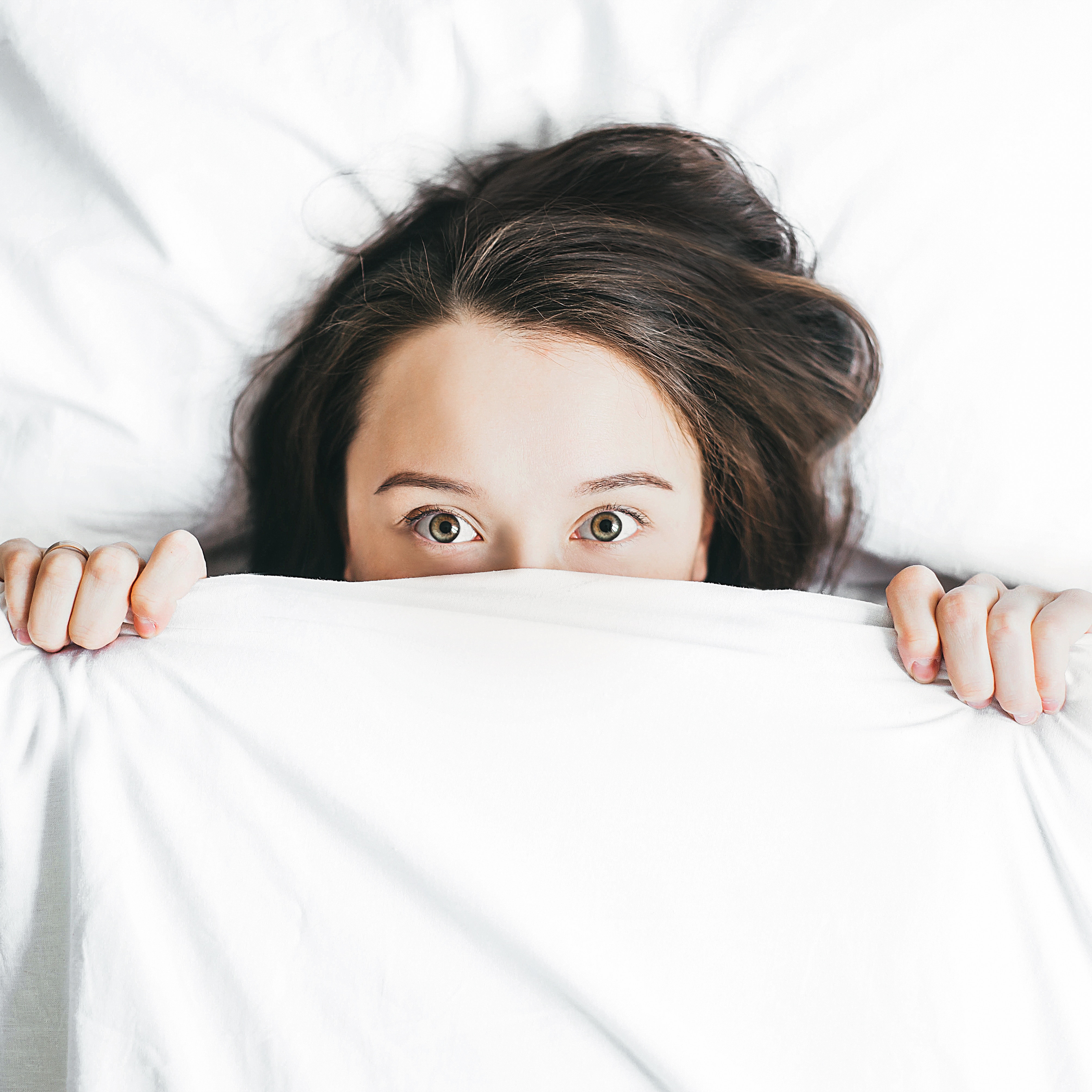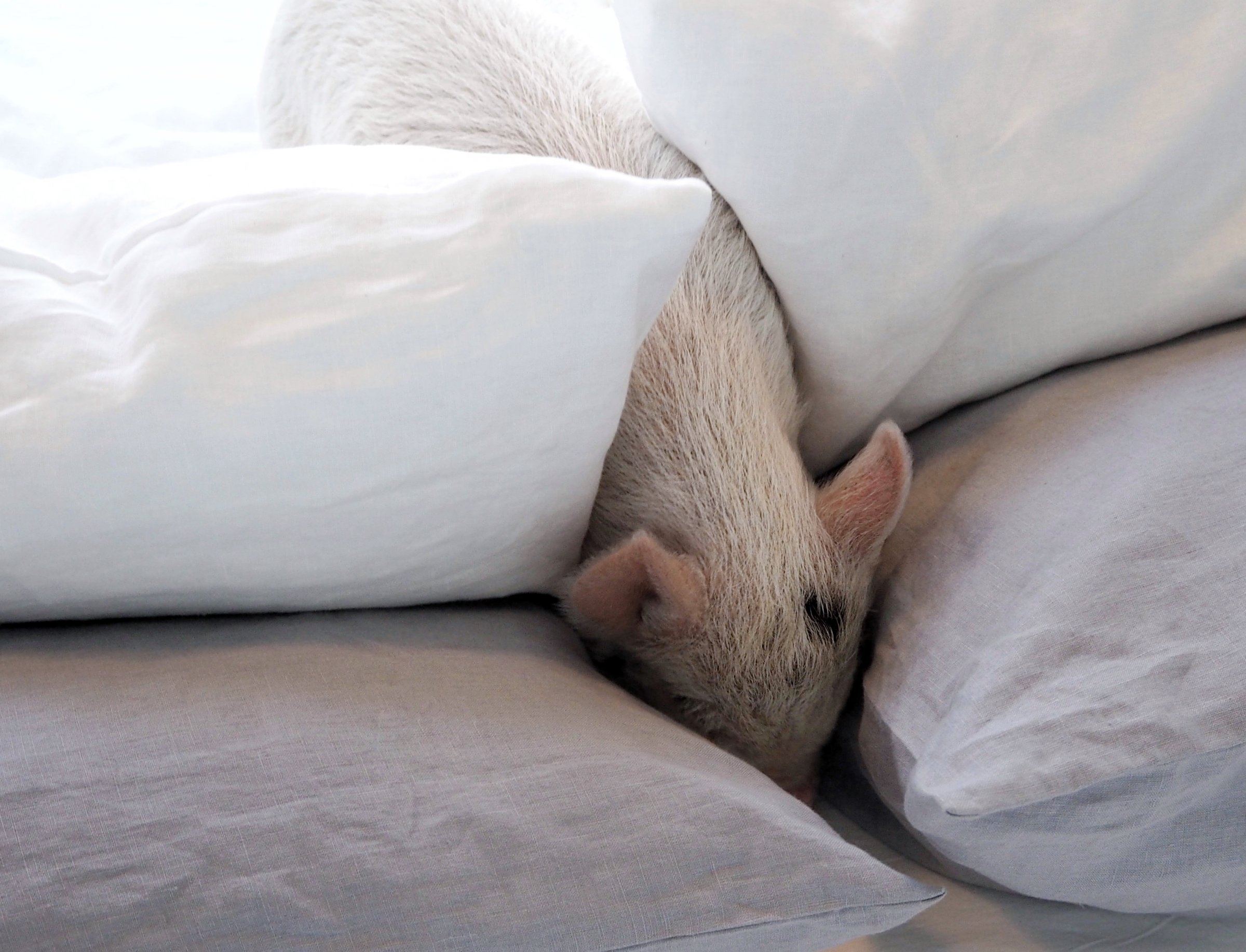In 1997, Nicole Kidman stepped out in a vibrant slinky number – a Christian Dior Haute Couture that wrapped her elegantly for the 69th Academy Award. This dress, among the costliest in the world, was slated at $2 million dollars. That detail may be shocking; the minimally-embellished green gown bore a straightforward construction out of silk fabric, remarkable hand-embroidery, and of course, a designer name that carried weight.
So what makes silk special? To many, it’s a mystery. To more, it’s the history. Dubbed as the “fabric of the gods,” the creation of silk is probably one of the most guarded secrets in China; for a long period of time, the powerful country in the east was the only place in the world that produced and used silk.
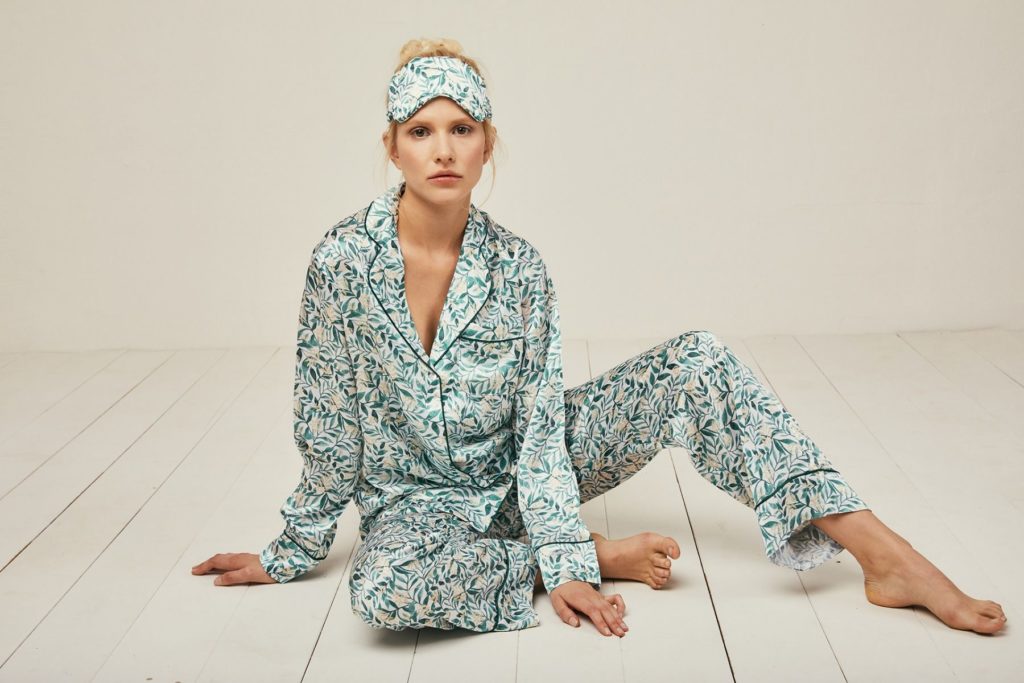
Tales of the Silk Threads
According to the legend, Lei Zu, concubine of the Yellow Emperor Xuanyuan, was drinking tea outdoors, in a garden covered by mulberry bushes. Some cocoons fell in her cup and as she fished it away, a strand of white gleaming thread, got tangled in her fingers. In her efforts to pull it off, she unwound the cocoon, and there, she conceived the idea of rearing silk worms and spinning their threads into clothes. The creation of silk, thus, was mainly attributed to her.
China called her “the goddess of silkworms.” In the Forbidden City, Beijing, Lei Zu was commemorated in a building erected to her name in the middle of Beihai Park. This was called the Hall of the Imperial Silkworm, where inside, an altar was used for examining leaves that were fed to the silk-producing species kept in stone houses just outside the hall.
Lei Zu was not the only legend about silk. In the 7th century, a monk named Xuanzang recorded a tale about a Chinese princess, who was to travel to Khotan for her engagement. But her envoys warned her that there were no silkworms there. Desiring to carry the comfort of wearing silk wherever she goes, the princess hid silk moth eggs under her headdress as she went across the border. There, her arrival delighted the Khotans, who long desired to make silk.
Such stories have been encouraged around China. Records show that silk has been a part of the imperial rituals, as written in its official books. Bone inscriptions of the Shang Dynasty have indicated that its tribe used to communicate with silk spirits. During this period, silk has been associated with royalty and religious ceremonies; these ceremonies have been performed during the powerful Song, Ming and Qing eras, where images of sericulture were often depicted in woven fabrics or paintings, mostly to enforce imperial patronage.
What was known as the Silk Road opened in the first millennium BC, where sericulture spread to rest of Asia. Archaeologists from Harvard University were able to trace silk production in India between 2450 and 2000 BC. Records show that in 1572 AD, Gujirati weavers were brought to India’s royal workshops in Akbar, where skilled craftsmen infused creative techniques into the material, and thus transforming the local weaving industry. Brocades were manufactured in these workshops and were then exported to the Middle East and Europe.
In 550 CE, the Byzantines first acquired their silkworm eggs by enlisting two monks to smuggle silkworms inside bamboo rods. This marked the arrival of silk industry in the Eastern Roman empire. It flourished across Europe, affecting the colourful history of Italian and French fashion. In the 1540s, the king sought monopoly of silk production and limited it to Lyon – desiring it to become Europe’s silk trade capital. 14,000 looms were used in the province by the 17th century until the peak of the Industrial Revolution.
Silk has become an indicator of beauty and social status, even influencing the styles of some of history’s best personalities. According to hearsays, the lauded musician Ludwig Van Beethoven, in his need to create a good impression and win the heart of Therese Malfatti, changed his looks by adding silk scarves into his fashion. While he unfortunately did not capture her attention, his composition, Für Elise – which was assumed to have been written for Ms. Malfatti – has become a classical hit.
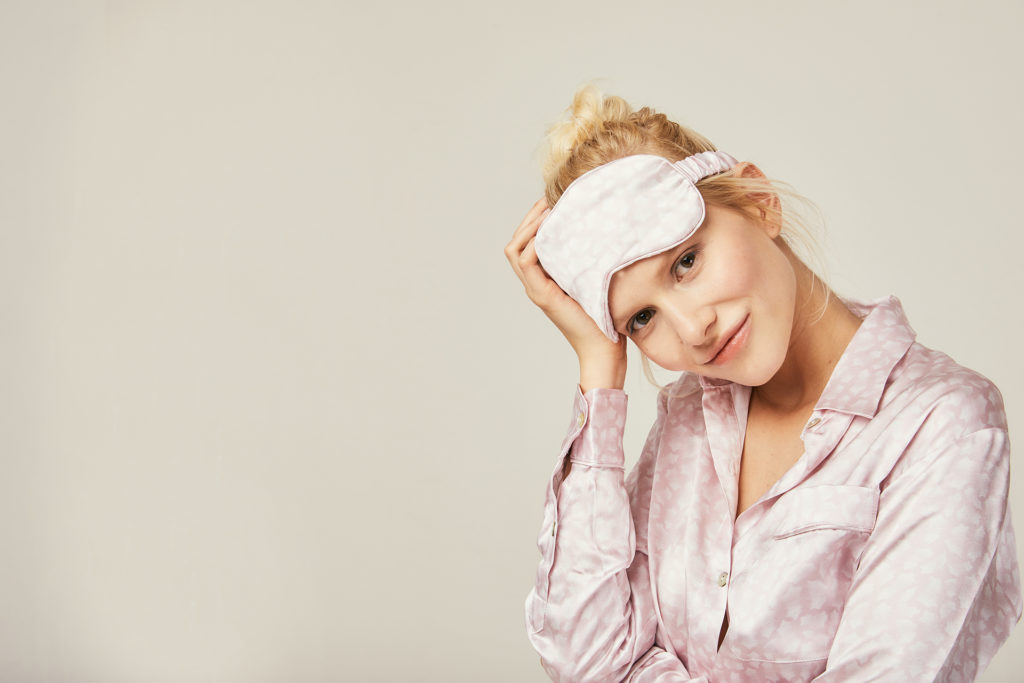
Is Silk in Your Closet?
The notion of luxury, status and royalty is associated with silk, even today. One can spot it as a scarf surrounding the handles of a Hermès bag. Another can remember Elizabeth Taylor pairing her diamonds with a slinky drape. Marilyn Monroe was known to lounge around by just wearing her silk robe and her ever-essential Chanel No. 5. Present-day celebrities parade in events in body-hugging gowns that gleam under the lights. And, as a tasteful form of common luxury, you too can relish the smooth feeling of silk in a pair of pyjamas before you sleep.
It may not be the cheapest material – but silk is worth its price, not necessarily $2 million. New research suggests that silk isn’t just for looks. As these five points show, silk may be very well on its way to becoming a natural antidote for various health conditions.
It Slows Down Ageing
Silk’s natural, cloud-like quality can be attributed to its composition. Silk amino acids, a natural nutrient found in the fabric, have been found to reduce specific signs of ageing, such as wrinkles. Because silk is a natural material, it is easier for this fabric to produce and retain moisture on its own. It does miracles on the skin when left in contact overnight – silk is now recognized as a natural anti-ageing product in the form of towels, beddings, and pillowcases. Dermatologists attest to silk’s ability to slow down visible signs of ageing and revitalize the human skin even after a short night’s rest.
Whilst cotton and polyester material withdraw moisture from the skin through a night’s sleep, silk can replenish and maintain this very moisture necessary for keeping a youthful, vibrant skin. Because it is a natural material packed with essential amino acids and natural protein, silk tricks the nervous system into a relaxing state, calming your nerves and therefore smoothing out the wrinkles we develop through age.
With albumen, a naturally-occurring chemical in silk, our skin’s metabolism speeds up, allowing dead skin cells to develop and repair at a much faster rate. Over time, the long-term use of silk will drastically improve the skin’s appearance, significantly slowing down the effects of ageing. Think of it as an invisible night cream applied to your face every single night. If you are already applying one, why not go a mile further and benefit from silk’s age-defying properties?
An eight-hour sleep on silk pillowcases puts lesser pressure on your skin, avoiding the creation of permanent creases. The natural fibre also lets your skin breathe, minimizing the retention of sweat, which would then lead to pimples and irritation. For those who regularly undergo skin peeling, rejoice! Silk minimises trauma, friction, and even rubbing, something other pillowcase materials hardly provide.
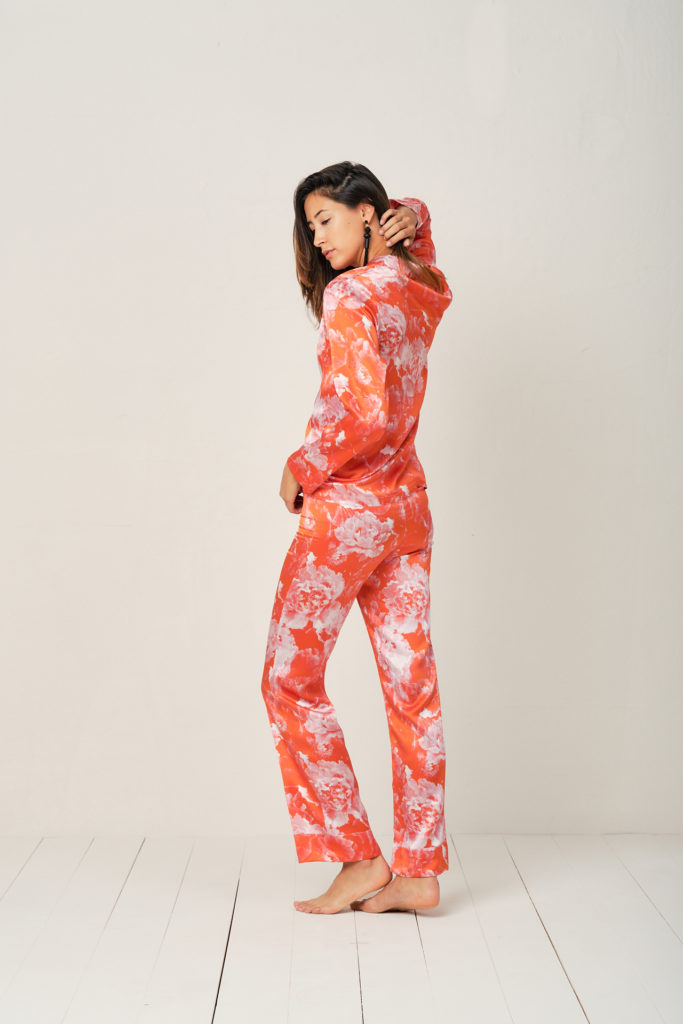
It Helps Calm Eczema and Asthma
People suffering from cases of atopic dermatitis undergo lifestyle changes to accommodate the necessities of their sensitive skin, including constant application of various creams and topical elements. However, when eczema sufferers are unconsciously exposed to allergy-inducing elements, the treatment process is affected, and one might have to start over again.
Because of its natural protein structure, silk is known for its hypo-allergenic properties, making it compatible with all skin types. Its dense fabric structure prevents dust and mites from accumulating, which in turn protects the wearer from day-to-day allergens. Whilst some individuals might be allergic to other natural materials (like goose and duck feathers), silk has been shown to be more compatible with even the worst cases of skin allergy because of its 100% organic origin.
Another of its great feature is that it prevents the build-up of soil, dirt, and other microscopic foreign bodies that may trigger an allergy, especially in people with eczema. Thanks to these healing properties, silk is an excellent alternative to cotton nightwear.
Aside from eczema, silk’s hypo-allergenic quality can help treat people with asthma. Among the triggers of asthma are bed bugs and their droppings that can affect your quality of sleep but these microscopic items would not stand a chance against silk’s compact structure. In this sense, silk, like a regular cocoon, wraps you up with a protective veil that wards off those unwanted allergens that cause harm to your sensitive skin.
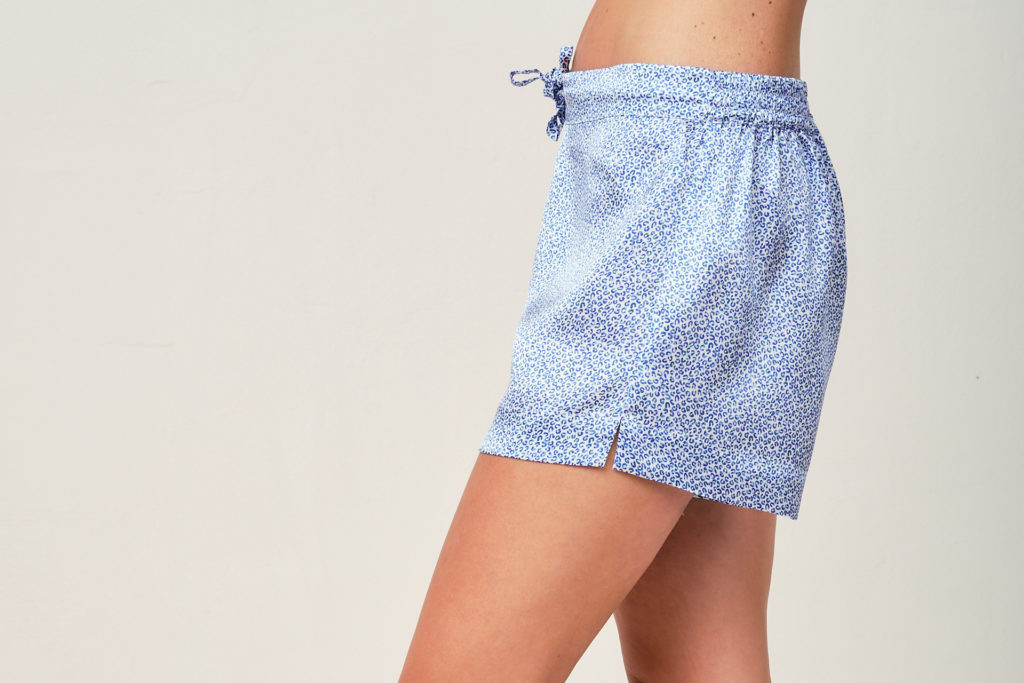
It is a Natural Anti-Fungal Element
Silk is a popular choice for nightwear, and a recent study shows that there are even more reasons to opt for it during your nightly downtime. Not only does it envelope you nicely while you sleep, but it can also stave off recurring infections in women.
In a study conducted by the University of Bologna, women who were experiencing recurrent vaginal thrush were asked to swap their usual cotton-made underwear for treated silk ones, while the other half of the group continued to wear cotton underwear. After six months, researchers found that the group that wore silk has been cured of the infection. The recurrence was halved, and the symptoms were significantly reduced.
That’s because the Candida albicans – the yeast causing the common fungal infection in women – thrives in warm and damp environments. While cotton does nothing to help this, the moisture-absorption capability of silk eliminates the environment for the yeast to thrive.
Women undergoing menopause – especially those experiencing hot flushes and skin conditions – will also benefit from silk. While it is yet to be proven, experts point to the natural proteins in silk to help balance a woman’s temperature fluctuations.
There’s wisdom behind the tip Jane Birkin’s mother passed onto her. “My mother was right,” Jane shared in a quote. “When you’ve got nothing left, all you can do is get into silk underwear and start reading Proust.” You can read other books, but you can never go wrong with a silk underwear.
It Promotes Better Sleep
If you ever experienced the luxury of sleeping in silk, you might have counted only a few sheep before finally hitting your REM. Silk pyjamas don’t cast a spell, but this material lets you wallow in a fresh, cooling comfort that triggers your sleep mode. Silk, known for its sheen and softness, also regulates body temperature and controls moisture even in changing climates. This makes silk an excellent sleep companion that will enhance the quality of your night-time slumbers. The secret? The natural construction of this material coaxes your nervous system into relaxing, allowing you to achieve the full cycle of sleep necessary.
Not only that. In ancient China, silk has been the go-to material for curing chronic pains. In fact, silk is still the standard fabric used for elderly homes and physical development centers. Silk’s comfortability can easily remedy anything from muscle aches to joint pains. It imposes negligible pressure on the human body and follows the natural contours and movement of its user, guaranteeing a full night’s sleep for its wearer.
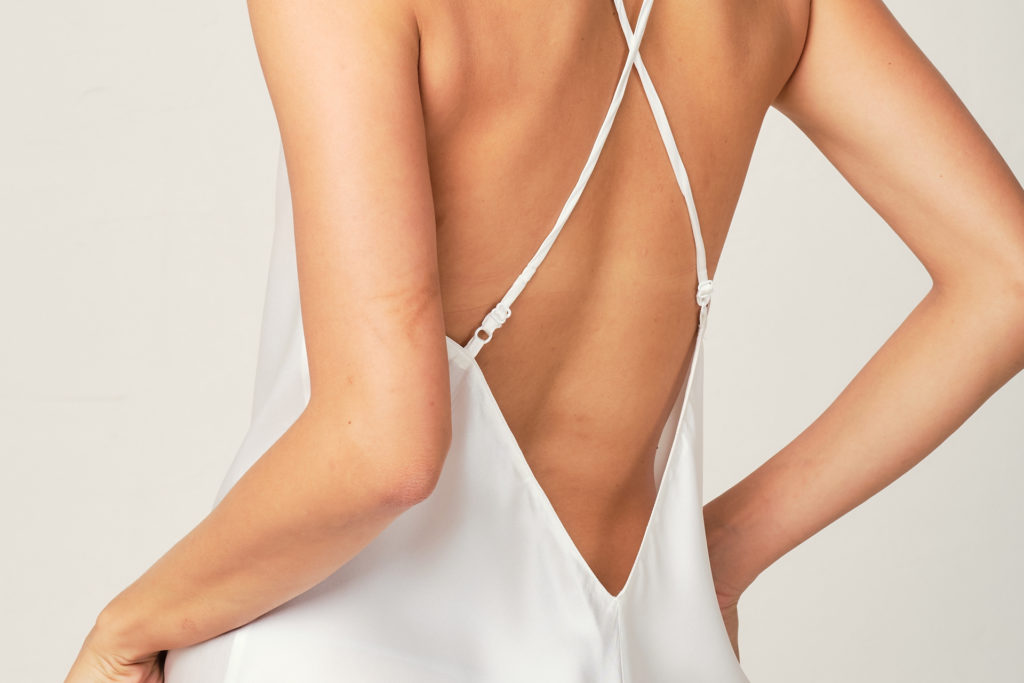
It Is Great For Hair
Silk is not just good for the face; it’s also good for your hair. According to InStyle, sleeping on silk – sheets, cases, headbands, nightcaps – can do wonders for your beloved mane. The reason behind this? Cotton, the most common material for sleep products, absorbs something that your hair dearly needs: moisture. This is why when you sleep on cotton pillowcases, your hair will tend to appear lifeless, frizzy, and probably more prone to static. Switching to silk will make a difference; the smooth, protein-rich material allows your hair to smoothly slide, minus sucking out its much-needed moisture. Thus, you’ll have less bad hair days. And who doesn’t like healthier, shinier strands?
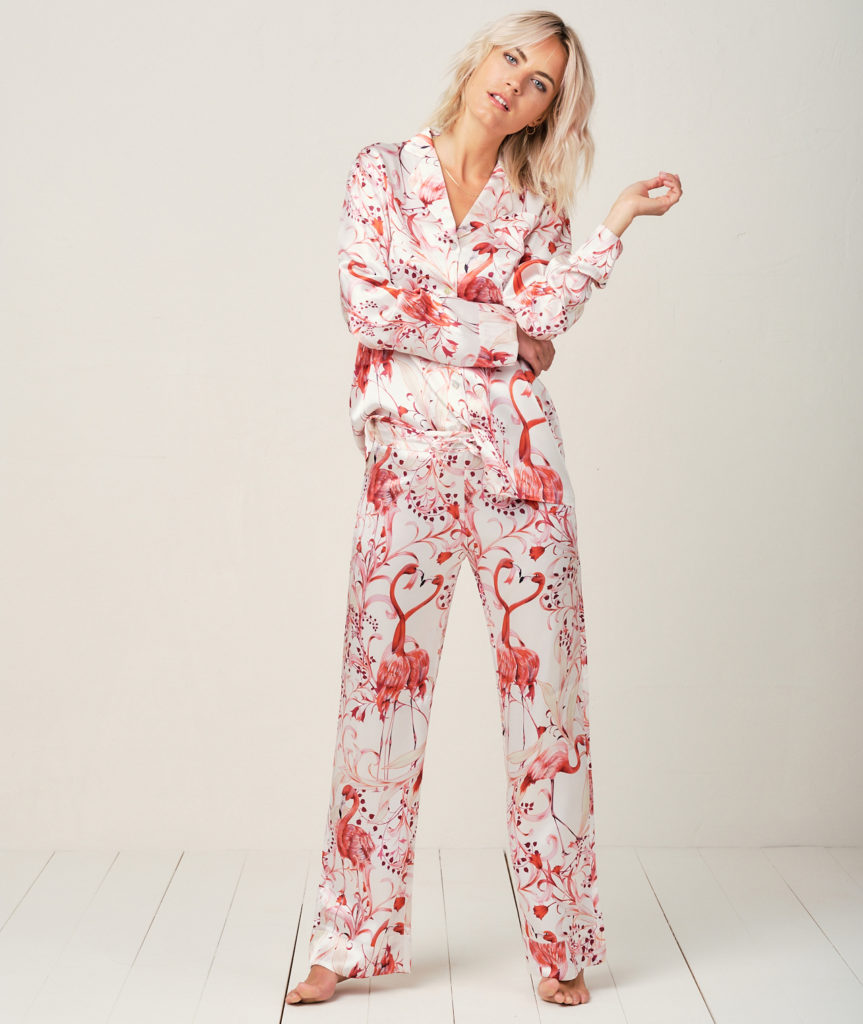
Whether in scarves, gowns, pyjamas or pillowcases, silk gives you a feeling of luxury as well as a plethora of health benefits. It’s as if nature wrapped you in its thin, magical cocoon, keeping you feeling fresh no matter the season. During daytime, leave the house with a silk blouse and enjoy its temperature-regulating benefits while staying on trend. At night, clad yourself with mix-and-match pyjama co-ordinates and dive into your silk sheets and pillowcases. If you need beauty sleep, and a brighter morning, go with silk.

